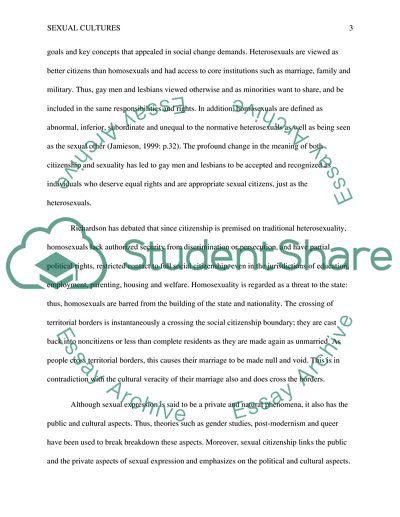Cite this document
(“Sexual Cultures Essay Example | Topics and Well Written Essays - 2000 words”, n.d.)
Sexual Cultures Essay Example | Topics and Well Written Essays - 2000 words. Retrieved from https://studentshare.org/sociology/1585226-sexual-cultures
Sexual Cultures Essay Example | Topics and Well Written Essays - 2000 words. Retrieved from https://studentshare.org/sociology/1585226-sexual-cultures
(Sexual Cultures Essay Example | Topics and Well Written Essays - 2000 Words)
Sexual Cultures Essay Example | Topics and Well Written Essays - 2000 Words. https://studentshare.org/sociology/1585226-sexual-cultures.
Sexual Cultures Essay Example | Topics and Well Written Essays - 2000 Words. https://studentshare.org/sociology/1585226-sexual-cultures.
“Sexual Cultures Essay Example | Topics and Well Written Essays - 2000 Words”, n.d. https://studentshare.org/sociology/1585226-sexual-cultures.


